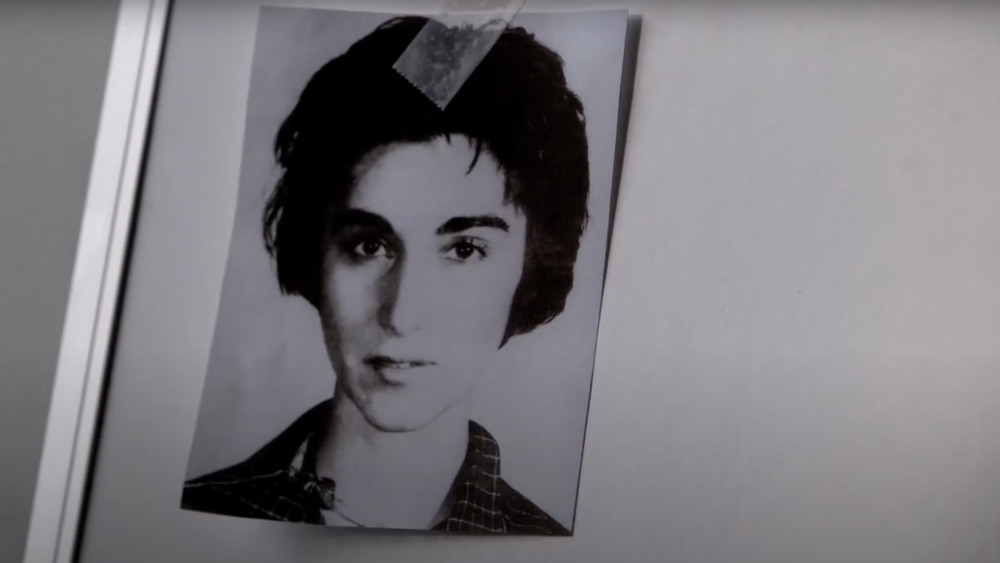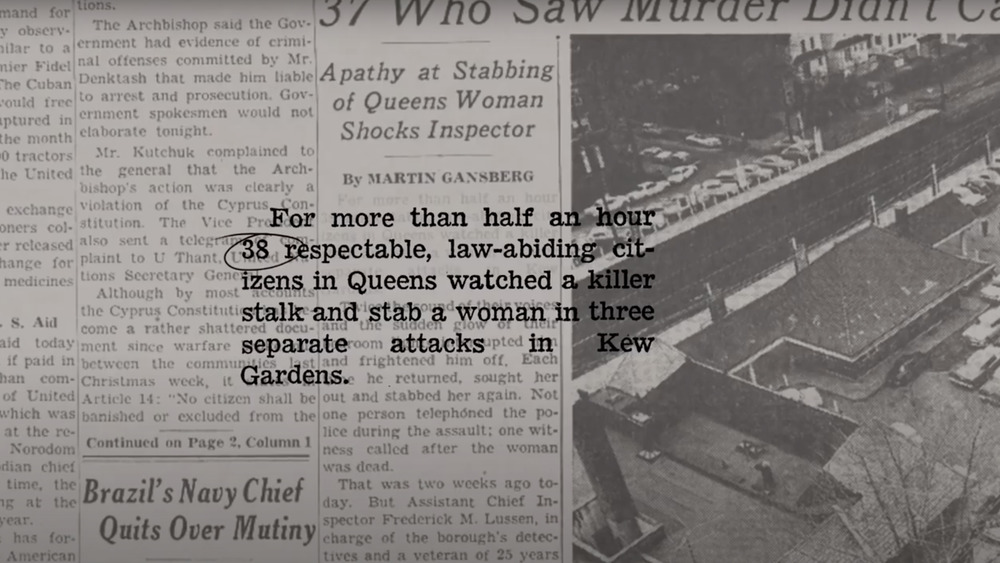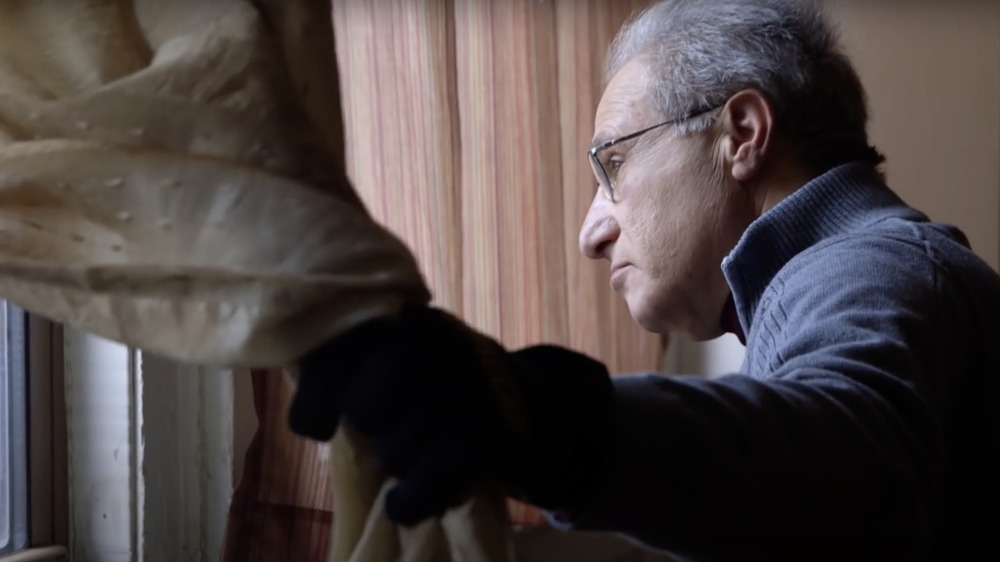What Psychology Got Wrong About Kitty Genovese's Murder
Almost anyone with an interest in psychology or true crime can give you an account of Kitty Genovese's murder. The popular narrative is as follows: On March 13, 1964, 28-year-old Genovese drove back from the bar where she worked to her apartment complex in Queens, New York. On her way into the building, she was apprehended by a stranger named Winston Moseley, who stabbed her multiple times as she cried for help. There were dozens of witnesses, but all of them ignored her pleas. Their inaction led to her murder — and cemented the concept of the "bystander effect," or the theory that those who are present at the scene of a crime are less likely to intervene if a large crowd is gathered.
This is the story that is etched into our collective consciousness. However, if you look into the facts of the case, you'll learn that much of what we think we know about it is a myth. Here's the whole picture of what transpired on that horrific night.
The New York Times shaped the narrative of the murder
Many of the details commonly repeated about Genovese's murder can be traced back to a New York Times article published on March 27, 1964. "37 Who Saw Murder Didn't Call the Police" was the grisly front page headline that day. Later, the story was revised; "38 neighbors" is now what is remembered.
Like many Americans, William "Bill" Genovese was haunted by this article. Yet, he had a stronger connection to the case than most — he was Kitty's younger brother. According to a 2016 Washington Post profile by Stephanie Merry, throughout most of his life, he tried not to engage with the press out of respect for his mother and her trauma. However, after her death, he decided to dig deeper into the case that had cast a shadow over him and his family for years. He teamed up with director James Solomon, whom he had met through an unaired HBO project, to make the documentary The Witness, which chronicles his process of learning more about the murder. Some of the facts he discovered deviate significantly from the story that has oft been retold.
Kitty Genovese's shouts were not totally unheeded
While conducting his research, Bill Genovese learned that the "38 neighbors" figure might not have been accurate. "Some people say there were more, some people say there were less," A.M. Rosenthal — city editor at the Times in 1964 — admitted in an interview. Although a good deal of people may have heard Kitty's shouts, it's unlikely that 38 were eyewitnesses to the crime — especially after Moseley brought her into a vestibule.
It's also untrue that no one attempted to help Kitty. Several bystanders did indeed demonstrate concern for her safety. One man yelled "Let that girl alone." At least two people allegedly called the police to report the stabbing. What's more, a woman named Sophia Farrar rushed outside to attend to Kitty and stayed by her side until her death. Explaining her heroic act, Bill told the Post, "All five-foot nothing of her went flying down the stairs at 3:30 in the morning. She doesn't know what she's going to come upon. She hadn't given a second thought to whether the guy was still there or not."
The Times' account of Kitty Genovese's murder has had some positive societal effects — for example, it led to the development of the 911 hotline and spread the "if you see something, say something" message. At the same time, it is encouraging to know that Kitty did not die before an unfeeling mob — and in fact, was being cradled by a good Samaritan when she passed on.


